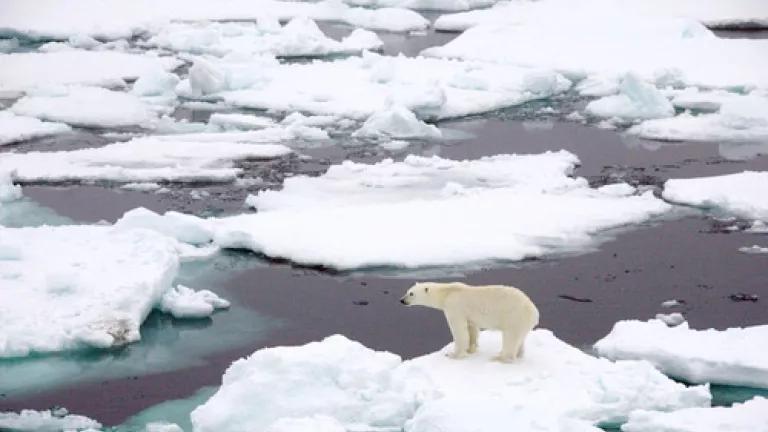
When you have a species, like the polar bear, that is facing catastrophic habitat loss throughout much of its range, you need to adjust your management according. In particular, it becomes incredibly important to safeguard those places where the species may be able to find refuge in the future. But don’t take my word for it:
EDMONTON - Most of the world’s polar bears are likely to disappear in the next 30 to 50 years if the Arctic continues to heat up as climatologists predict, two University of Alberta scientists say.
They conducted an exhaustive review of the scientific research that has been done on the bears.
In the recent issue of the journal Global Change Biology, Ian Stirling and Andrew Derocher suggest that the bears of Hudson Bay and the Beaufort Sea in Canada and Alaska are likely to go first. And while they believe a small population of bears in northern Greenland and the Canadian Arctic islands could persist in the foreseeable future, they warn that the long-term well-being of those animals is in doubt as well. …
What concerns Derocher the most is Canada, which has two thirds of the world’s polar bears under its jurisdiction. Neither the federal nor territorial governments have altered their management for the species.
“Estimates of sustainable harvest are based on methods established 30 years ago and don’t include habitat loss as a modifying factor,” he says.
So tell me, why do we allow the international commercial trade in pola

r bear parts to continue? This isn’t all that complicated.
Take action here.

